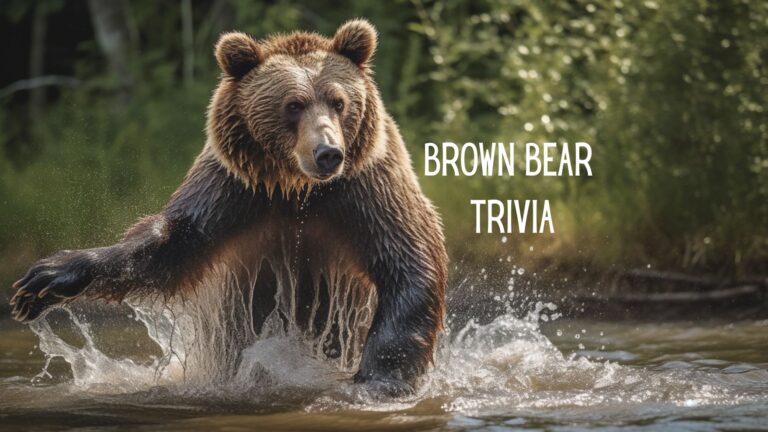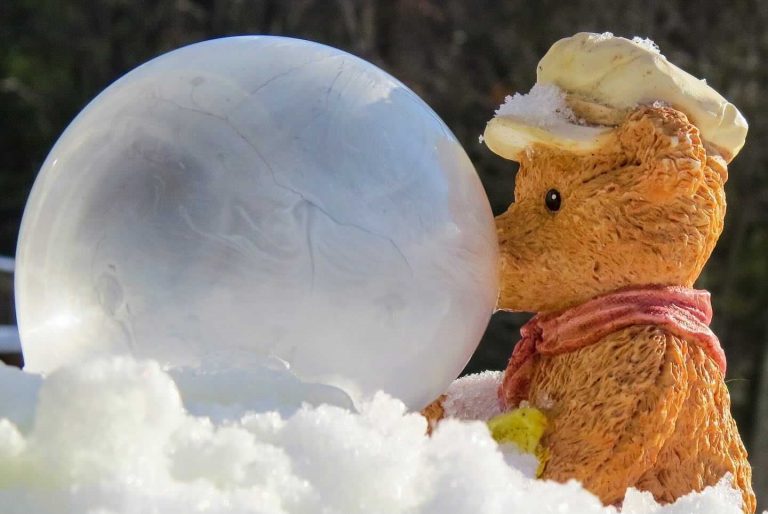Food Conditioned Vs Habituated Bears: Which Is As Dangerous As We Think?
Food Conditioned Vs Habituated Bears: Which One Is As Dangerous As We Think?
What’s the real danger ..
META:
Feature piX
If you live anywhere bears or have a lot to do with them, you would have come across the terms “habituated” and “food conditioned” a number of times.
Though these two words mean very different things, people use them interchangeably. They’ll say things like “habituated bears are dangerous” or “food conditioned bears are dangerous.” Or you may even hear “ all food conditioned AND habituated bears are dangerous.”
The fact is not all the above statements are true. So, which one is true and which ones aren’t? Read on to find out.
What is a “food conditioned” bear?
An animal is described as food conditioned when it has been trained or has learned on its own that it will get food it if it performs certain actions.
It actually began as a training technique for pets and other animals. The animal gets a food reward if it performs a specific action.
This may sound all good and okay but it’s actually very dangerous for big creatures, like bears, and the humans that encounter such bears. Bears typically become food conditioned when people leave their garbage (leftover food) out carelessly in bear territory.
Remember that bears have an extremely keen sense of smell. In fact, they can even smell food that is canned! Now, when these animals raid a garbage can or dumpsite, eat the leftovers and develop a “taste” for human food it’s almost always a recipe for disaster.
When this happens, the bear can hardly go back to its natural diet and will do almost anything to get more “tasty” human cooked food. Consequently, such a bear is called “food conditioned.” Because the animal has now learnt to associate humans, their cars, campsites, etc with food it will keep coming back for more. The case of the Yosemite Black Bears comes to mind here.
Just tasting cooked food once is enough to start a bear on the food conditioned path. In some cases, the bears resort to force or even attacking people to get at their food.
BLOCK QUOTE: Food conditioning changes the natural hunting and eating habits of affected bears.
What is a “habituated” bear?
In areas where human dwellings overlap bear habitat, the bears get to see and observe people quite frequently. Sometimes even daily.
As a result, seeing humans does not startle them. Rather, they largely ignore the people around them and just continue what whatever they are doing. Such bears are referred to as “habituated.”
Usually, they’ve had a peaceful relationship with the humans around them so they have no reason to fear or attack them.
What Are the Implications Of A Food Conditioned Bear Vs A Habituated Bear?
Although these are two very different conditions, people and even experts still use the terms wrongly to date. This has tendency to create confusion and misunderstanding about the implications of both.
A Food Conditioned Bear Will:
- Seek out the company of people to get at their food.
- Raid house, campsites, trash cans, cars (even damage them), with the hope of getting food.
- Find it difficult to go back to hunting for food naturally.
- Hardly tolerate people once it can’t get their food.
- Become a pest. It will go after even pet food (dog food) in some cases.
- Become increasingly aggressive in its hunt for food.
- Constitute a considerable danger to people in the vicinity.
- Likely end up getting shot and killed!
A Habituated Bear Will:
- Trust having people around it.
- Rarely approach people on its own.
- Not fear humans and will have very little reason to attack IF we respect it’s space. The grizzly bears at McNeil River, Alsaka, are a typical example of habituated bears that get along with people peacefully. They even sleep and eat with tourists moving around all around them.
Block QUOTE: However, note that a habituated bear in some rare cases can also be food conditioned making it also dangerous to human beings.
It All Boils Down To How We Treat Them
Reading so far, you can easily see that being food conditioned is a terrible state for a bear indeed. Unfortunately, habituated bears too easily become food conditioned!
There’s a very thin line between the two and human carelessness causes the problem most times. Even when a bear is habituated and generally “minding its business,” people will approach it and even try to touch or pet it. Especially younger bears. Humans will often tempt very young bears to come closer by dangling food in front of them.
This is extremely dangerous.
The bear will grow up with a hunger for human food and it frequently turns disaterous for both bears and humans. Very often these bears will attack people and have to be hunted down and shot.
On the other hand, habituated bears can and do get along with people but humans have to learn to be responsible around the bears too. Habituation, if used responsibly, is an ideal tool for studying bears in their natural habitat.


